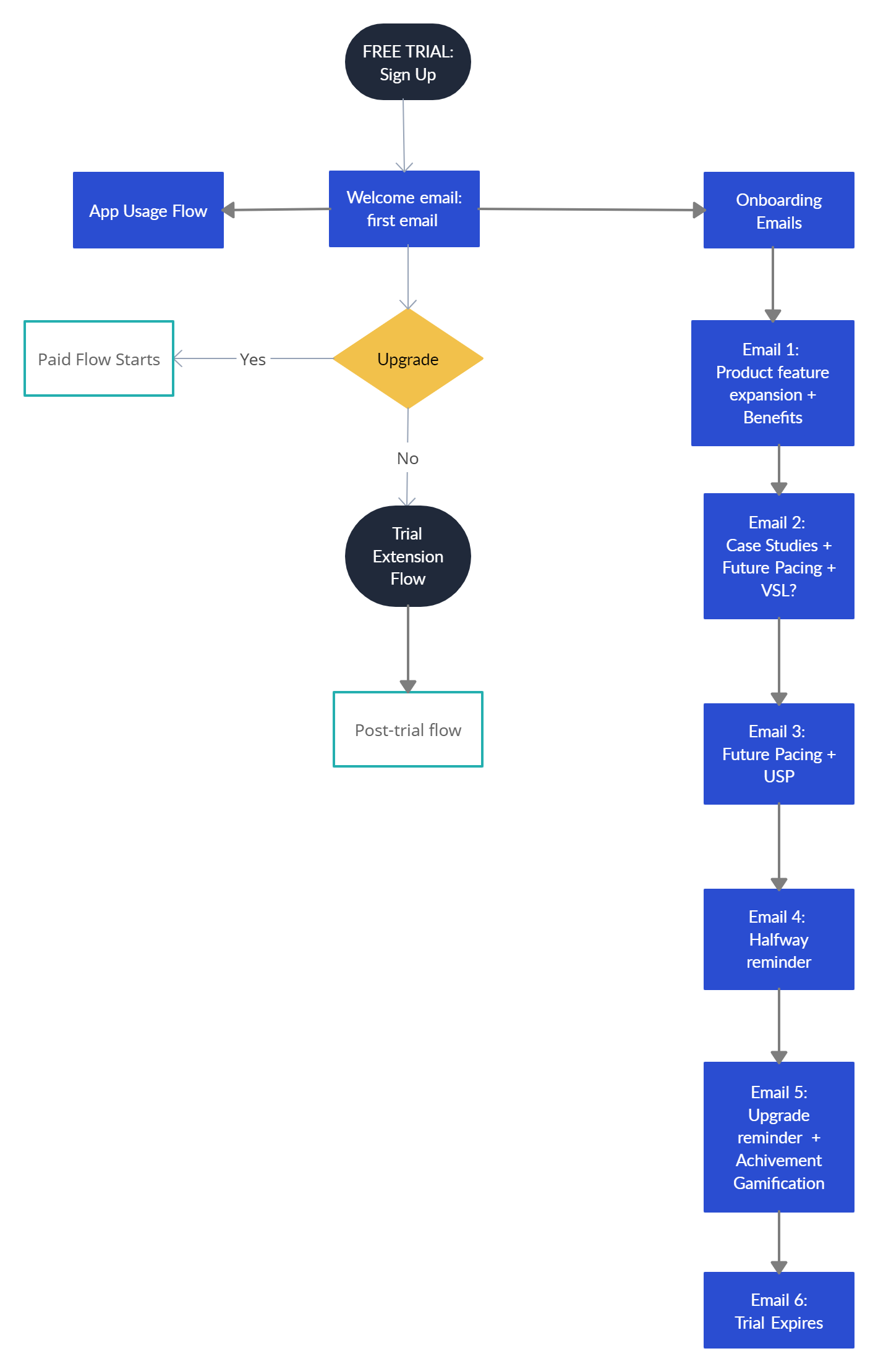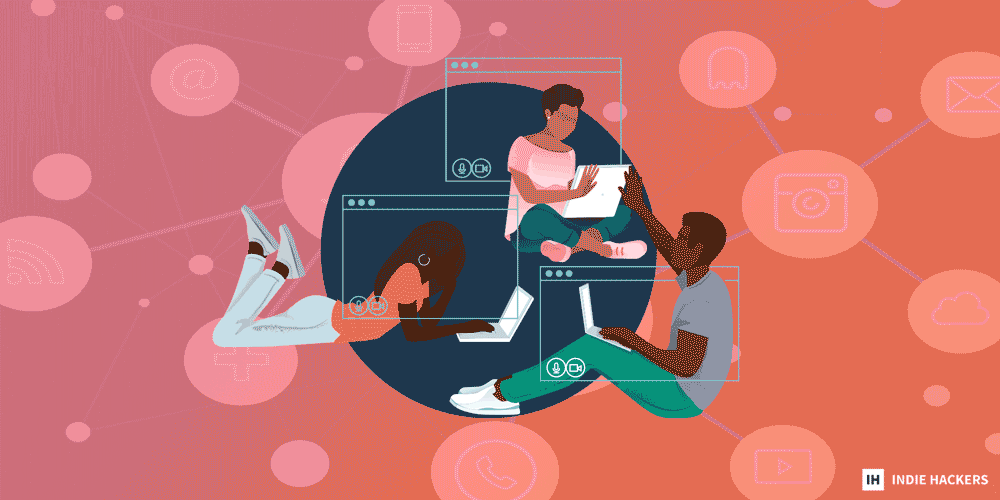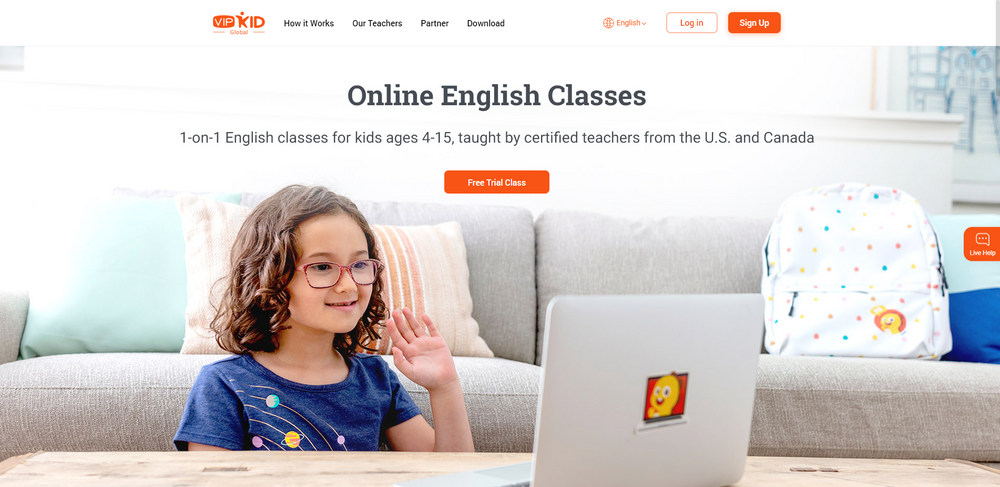What's New: How to avoid reinventing the wheel
(from the latest issue of the Indie Hackers newsletter)
Some founders are discouraged, feeling like there are no good ideas left:
- Is this a case of trying to reinvent the wheel? Focus on user-inclusiveness, one founder argues, and that will open up a flood of product ideas.
- People can lie, but statistics don't. The average conversion rate for SaaS free trials is 2%-10%, mainly because many founders don't have a solid email conversion strategy. This guide can help you convert free users to paid ones!
- Founders Arvid Kahl and Danielle Simpson launched FeedbackPanda with total product-market fit. Here's how they leaned into the perfect micro-niche audience, and the growth strategies that helped the company take off.
Want to share something with nearly 100,000 indie hackers? Submit a section for us to include in a future newsletter. —Channing
🚲 Don't Reinvent the Wheel

by Nik Uf
I have noticed an increasing number of discouraged founders discussing how every niche is oversaturated, and every problem is already being solved.
My take is that, these days, it's less about the product and more about the users. Many founders are trying to reinvent the wheel instead of focusing on the existing product's (your competitors) users:
- Are they happy with the product?
- How involved are they in the development of the product?
- Do the founders really listen to them and make relevant adjustments?
- Do the users even care to provide feedback?
Users, especially the very first ones, should be considered to be builders also. They should even be incentivized to be more involved in shaping the product as time goes on. Founders are going from saying, "We will build a product to solve your problem!" to "Let's build a product together to solve our problem!"
User-inclusiveness
How do you go about it?
Start small. Target your hometown's bus driver community, or your school's lecturers, or your area's pet owners, etc. Listen to them, identify their problem, find the solution, then work with them to craft it. Take huge care of these users first, then scale up little-by-little, adding more users as you go. Be sure to maintain the same level of care:
- Constant feedback loop.
- Amazing customer service.
- Direct communication (i.e. Discord group).
- Incentives for users to throw in new ideas.
The greater the connection that you develop with your initial user base, the greater the chances of building the product that people actually need.
Don't worry about reinventing the wheel, and don't worry about building yet another task management tool. Do worry about building the most user-inclusive product that there is.
What are your thoughts?
The right user feedback
Shane Bellone mostly agrees, but clarifies that founders still need to find the right user:
The difficulty involves the inherent ambiguity of tech products. Feedback from the right user is far more valuable than feedback from just any user. This requires a developer to correctly identify the right target audience, then develop relationships with those people.
"Willing to give me money" is not a target market (although we all know founders who would disagree with this statement)!
I think there are generally two ways to get users involved:
- Your approach allows them to feel ownership over the product and its direction, or
- A user is extremely frustrated by their problem, and there are no available solutions.
Something's missing
Hannes Holst believes that this approach still fails to address the issue:
All of this has been said, but the actual problem is never addressed. For most users, it is incredibly difficult to identify a problem and come up with a solution. Putting that on the user makes it extremely difficult to get helpful feedback. Most people have to actually see something to be able to get into the right mindset.
Allen U. agrees:
This is all good advice, but you have to start with users who have a real problem and are willing to pay to solve it. You can build a great product for bus drivers and work very closely with them, but if the problem you're solving isn't a big deal, or they don't really want to pay money, well then, you haven't really gotten anywhere.
Is user-inclusiveness a solution to saturation? Let's chat below!
Discuss this story.
📰 In the News

from the Volv newsletter by Priyanka Vazirani
🏛 A judge has set an October date for the Twitter vs. Elon Musk trial.
📱 TikTok has quietly added over half a dozen mini-games.
🚀 Debris from a Chinese rocket is crashing towards Earth.
💰 Super apps could unlock $3.2T in annual consumer spending.
🪐 NASA-branded clothing is hot, but NASA says no to NFTs.
Check out Volv for more 9-second news digests.
💵 Converting Your Free Trial Users to Paid Ones

by Taylor Wang
The average conversion rate for SaaS free trials is 2%-10%. Many SaaS founders still don't have an email strategy in place, even though it's proven that email marketing is one of the most effective channels. Here are the flows that the top SaaS businesses use to convert their users:

Let's explore each!
Welcome flows
This is one of the most important emails, and one that will get the most opens. It has a 30-60% open rate, so be sure to focus on providing value and creating rapport with the user from the start.
Ideas that can be implemented:
- Thank you.
- FAQs.
- Guide through the basic process.
- Features and benefits explanation.
- Amplify user's problem.
- Product tours.
- Invitation to your social media.
- Free resources.
These will vary depending on your objectives, but the welcome email usually contains a mix of these.
Onboarding flows
This one is much more complex. You will need to set out goals, which can be one (or several) of many things:
- Increase trial-to-paid users.
- Increase MRR.
- Increase the number of team members.
- Schedule more demo calls.
After setting your goals, combine them with the problem you are solving for your users. Once you have the goals you want to achieve, and how your SaaS helps your customers, let's craft the onboarding process.
In our case, we want to convert trial users to paid ones. This flow uses seven emails to guide trial users through to your final objective.
Let's say that we have a SaaS with 14 day trial. Here's how the onboarding flow will look:
- First email, day one: Product features expansion and benefits.
- Second email, day three: Case studies and future pacing.
- Third email, day five: Product feature and your unique selling proposition.
- Fourth email, day seven: Reminder that the user is halfway through their trial.
- Fifth email, day 10: Upgrade reminder and achievement gamification.
- Sixth email, day 14: Trial expires.
- Seventh email, four days after trial expires: Trial extension offer.
Why would you want to extend their trial? Well, more than 80% of users start paying after 40 days:

You want them to get so comfortable with your SaaS that they will pay regardless. With the above flow, you've familiarized them. With an extended trial, you'll make them comfortable.
App usage flows
These are emails sent depending on the user's usage on your platform. With this email, you want to focus on engaging with the user.
Here, you can experiment with different emails:
- Congratulations when completing a certain action.
- Track progress and outline the things that are left to do.
- Let them know how much more usage they've achieved than their usual.
- Push unfinished registrations.
More on trial expiration and extension
Trial expiration:
Send a trial expiration warning 24-72 hours before the trial ends. You want the user to reflect upon:
- What their life will be like without your product.
- The positive changes that you've made in their routine.
- The processes you have improved.
Use this warning to reaffirm the value of your product. Did the person not use your software? In that case, there's no point in making them pay for it. Extend the trial.
Win-back emails:
These are emails sent to people who are inactive and aren't using your software.
Persuade them. Use special perks, and make it interactive.
Post-trial flow:
Analyses is crucial to understanding your audience. You need to understand why they didn't buy. You can:
- Ask people about their experience.
- Offer them discounts.
- Identify their pain point and offer them a specific solution for that.
For example:
"It is too expensive." Offer a discount.
"I'm using an alternative." Ask them why that is better.
"Too difficult to learn." Capture feedback on how you can improve UX.
These are all ideas and flows that you can work on to improve your SaaS retention and revenue.
Will you implement any of these tips? Share your thoughts below!
Discuss this story.
🌐 Best Around the Web: Posts Submitted to Indie Hackers This Week

🗣 How to advertise to developers. Posted by Davor Kolenc.
🛠 What's your favorite tech stack? Posted by Naman Kumar.
👨🏫 Lessons from my Product Hunt launch. Posted by Harsh Vijay.
🤔 Has Notion made micro-SaaS irrelevant? Posted by Gabriel Boeker.
🚪 When to shut down your company. Posted by Pavati Dasani.
🗺 Are public product roadmaps useful? Posted by Dan Isler.
Want a shout-out in next week's Best of Indie Hackers? Submit an article or link post on Indie Hackers whenever you come across something you think other indie hackers will enjoy.
🐼 Arvid Kahl and Danielle Simpson's Perfect Product-Market Fit

from the Listen Up! IH newsletter by Ayush Chaturvedi
English teachers for Chinese students...how's that for a narrow niche?
Can a SaaS startup survive by serving a micro-audience like this? Well, as FeedbackPanda proved, it can survive and truly thrive.
This is the story of how Arvid Kahl and his partner Danielle Simpson launched and grew FeedbackPanda.
FeedbackPanda quick stats
- Completely bootstrapped.
- $0 to $55K MRR in under two years.
- Built by a team of two (only one developer).
- Sold to SureSwift Capital in 2019.
The business
Now, let's get into the business.
Who is the audience? There are large Chinese companies who hire native English speakers to teach Chinese students remotely.
VIPKid is a good example of such a company:

They pay teachers on an hourly basis, so the more time a teacher spends teaching, the more money they can make. But there is one catch: After every 1:1 class, the teacher has to provide custom feedback for the student. The time spent writing this feedback is unpaid work for the teacher. That is a burning pain!
Danielle was teaching under this arrangement as a side job. The feedback sharing process was a time suck for her, and she was part of many Facebook Groups with other teachers. This pain point was echoed many times, and people had even set up makeshift templates on Google Sheets to quicken the process of sharing feedback.
Arvid decided to build a feedback template engine that teachers could use. They could create the templates once, and reuse them forever. They could also share templates amongst themselves. Network effects were built into the product from day one.
FeedbackPanda reduced teachers' workloads by almost two hours everyday.
Growth strategies
Arvid and Danielle grew the business mostly through word-of-mouth in the Facebook Groups that Danielle was already a part of. They would usually share a link to the product in the comments when someone was talking about a problem that it could solve.
Once they got some traction, they started doing teacher interviews, showcasing their best users. They profiled users, sharing their workflows and lessons. Eventually, they introduced a referral program that allowed teachers to get a discount if they invited their friends.
Quick lessons
There are three quick lessons that we can learn from FeedbackPanda's success:
- Charge more: FeedbackPanda had a $5 per month plan initially, but the customers who came in were very price conscious, and very difficult to serve. Eventually, Arvid and Danielle raised the price to $15 per month.
- Build a sellable company: FeedbackPanda was a sellable company from day one. How? Documentation and automation. Arvid documented everything: Code, business process, customer service complaints, and more. He also automated everything at every step and every level.
- Find product-market fit: If you know your audience, you know the market, so you can identify its problems. Then, you can build a successful business from there. Audience research was the most important thing that Danielle and Arvid nailed with FeedbackPanda. It helped them in every stage of the business!
You can read the longer version of the FeedbackPanda story here, or check out Arvid's episode on the Indie Hackers Podcast.
Discuss this story, or subscribe to Listen Up! IH for more.
🐦 The Tweetmaster's Pick

I post the tweets indie hackers share the most. Here's today's pick:
🏁 Enjoy This Newsletter?
Forward it to a friend, and let them know they can subscribe here.
Also, you can submit a section for us to include in a future newsletter.
Special thanks to Jay Avery for editing this issue, to Gabriella Federico for the illustrations, and to Nik Uf, Priyanka Vazirani, Taylor Wang, and Ayush Chaturvedi for contributing posts. —Channing


@jayavery I really liked the section about converting free to paid users via email flows. There's a great potential in this for someone with a lot of experience with email marketing to start an agency that tailors these flows to each SaaS and maybe even productise it to automate some of the more common solutions.
Hi Samuil, thanks for the feedback! so glad that section was helpful to you.